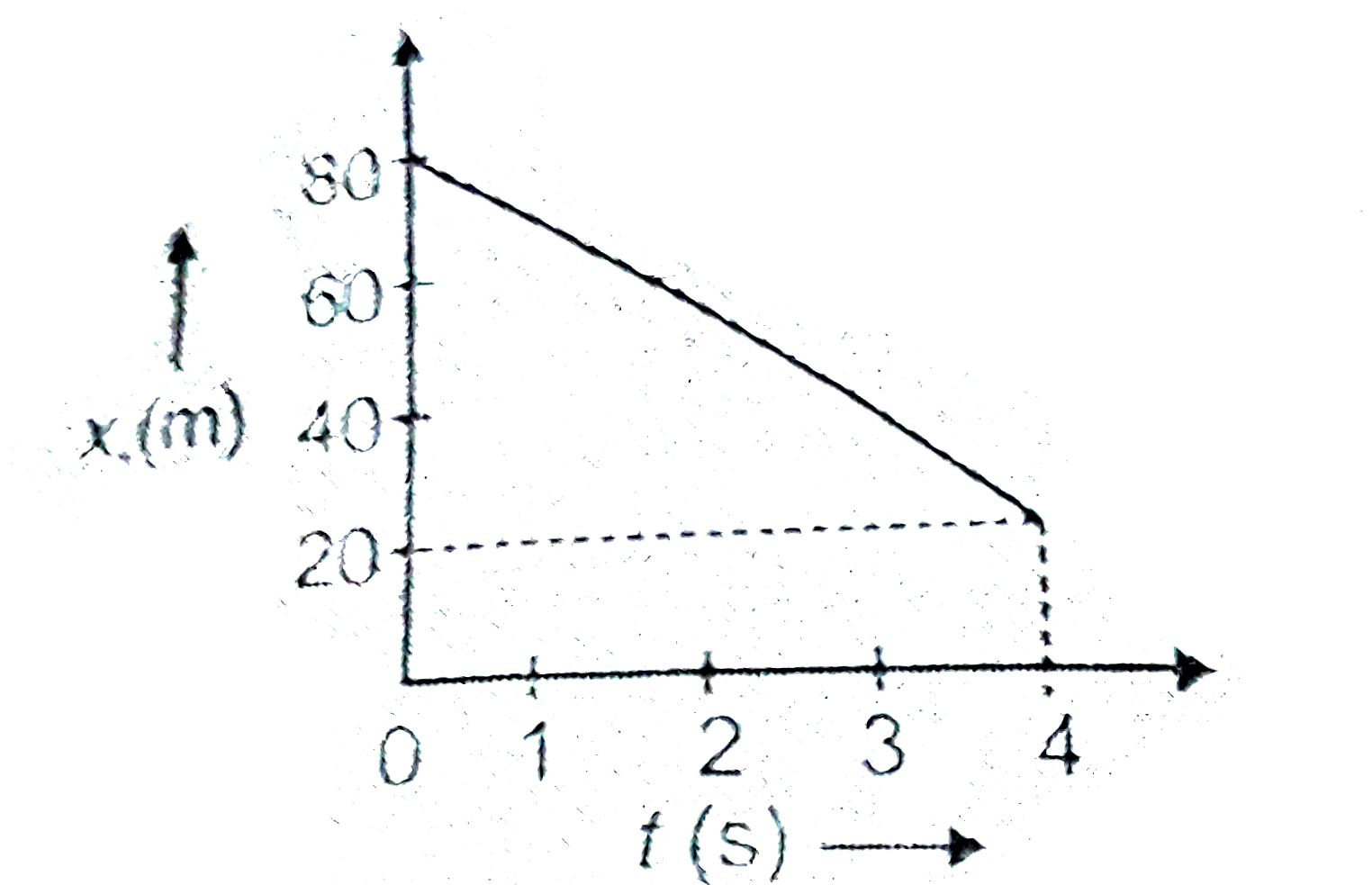Draw the x-t graph of an object in uniform motion.
To draw the x-t graph of an object in uniform motion, we need to follow these steps:
1. Understand Uniform Motion:
- In uniform motion, an object moves with a constant velocity. This means that the acceleration is zero, and the velocity does not change over time.
2. Define the Variables:
- Let x represent the position of the object.
- Let t represent the time.
- Let c be the constant velocity of the object.
3. Establish the Relationship:
- The relationship between position and time for uniform motion can be expressed as:
x=ct
- This equation indicates that the position x changes linearly with time t.
4. Choose Initial Conditions:
- Assume that at time t=0, the position x=0. This means the object starts from the origin.
5. Plot the Graph:
- On a graph, the x-axis will represent time t, and the y-axis will represent position x.
- Since the relationship is linear, the graph will be a straight line starting from the origin (0,0) and moving upwards to the right, indicating that as time increases, position also increases linearly.
6. Determine the Slope:
- The slope of the line represents the constant velocity c. The steeper the slope, the greater the velocity.
7. Label the Graph:
- Label the axes: the x-axis as "Time (t)" and the y-axis as "Position (x)".
- Indicate the line with the equation x=ct.
Final Graph:
- The graph is a straight line passing through the origin with a slope equal to the constant velocity c.
- In uniform motion, an object moves with a constant velocity. This means that the acceleration is zero, and the velocity does not change over time.
- Let x represent the position of the object.
- Let t represent the time.
- Let c be the constant velocity of the object.
- The relationship between position and time for uniform motion can be expressed as:
x=ct
- This equation indicates that the position x changes linearly with time t.
- Assume that at time t=0, the position x=0. This means the object starts from the origin.
- On a graph, the x-axis will represent time t, and the y-axis will represent position x.
- Since the relationship is linear, the graph will be a straight line starting from the origin (0,0) and moving upwards to the right, indicating that as time increases, position also increases linearly.
- The slope of the line represents the constant velocity c. The steeper the slope, the greater the velocity.
- Label the axes: the x-axis as "Time (t)" and the y-axis as "Position (x)".
- Indicate the line with the equation x=ct.
- The graph is a straight line passing through the origin with a slope equal to the constant velocity c.
Topper's Solved these Questions
- MOTION IN STRAIGHT LINEBook:AAKASH INSTITUTE ENGLISHChapter:MOTION IN STRAIGHT LINEExercise:Try Yourself
Explore 40 Videos
- MOTION IN STRAIGHT LINEBook:AAKASH INSTITUTE ENGLISHChapter:MOTION IN STRAIGHT LINEExercise:Assignment (SECTION - A)
Explore 50 Videos
- MOTION IN A STRAIGHT LINEBook:AAKASH INSTITUTE ENGLISHChapter:MOTION IN A STRAIGHT LINEExercise:ASSIGNMENT (SECTION - D)
Explore 15 Videos
- MOVING CHARGE AND MAGNESIUMBook:AAKASH INSTITUTE ENGLISHChapter:MOVING CHARGE AND MAGNESIUMExercise:SECTION D
Explore 16 Videos
Similar Questions
The position - time (x−t) graph of an object in uniform motion is shown below, the velocity of object is

View SolutionThe position-time (x-t) graph of an object in uniform motion is shown below. Calculate the velocity with which the object is moving.

View SolutionThe position-time (x-t) graph of an object in uniform motion is shown below, the velocity of object is
(i) Positive
(ii) Negative
(iii) Zero
(iv) None of these

View Solution(A): Velocity-time graph for an object in uniform motion along a straight path is a straight line parallel to the time axis.
(R ):In uniform motion of an object velocity increases as the square of time elapsed.
View SolutionDraw the graph of y=|x|
View SolutionDraw the graph of y=2x.
View SolutionDraw the graph of y=x−sinx
View SolutionDraw the graph of y=|x|+2
View SolutionDraw the graph of y=x+1x
View SolutionDraw the graph of y=sin|x|.
View Solution

